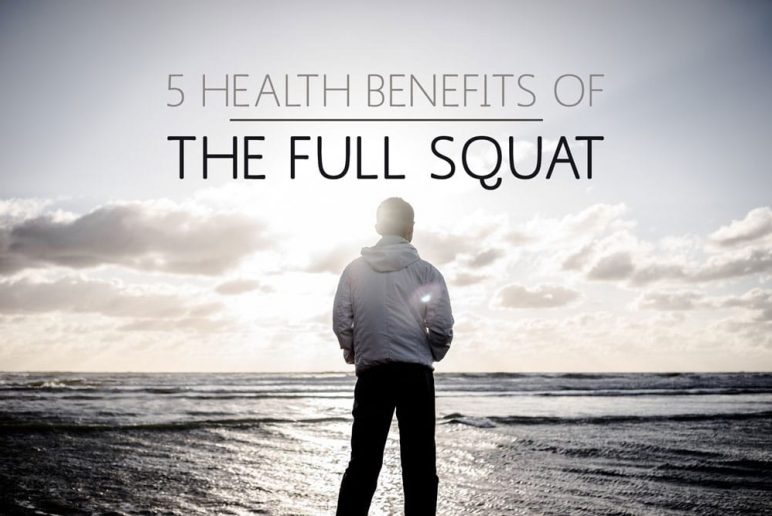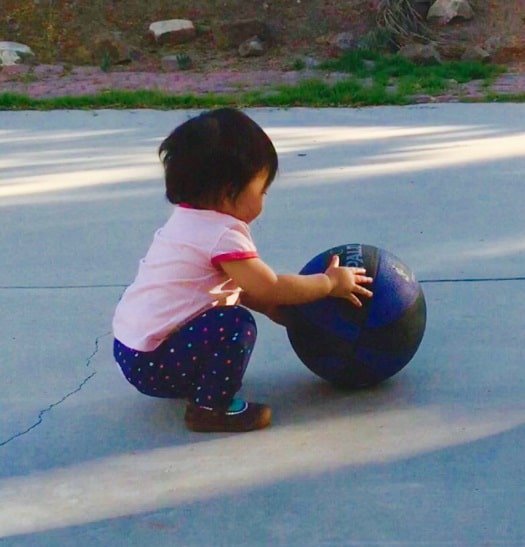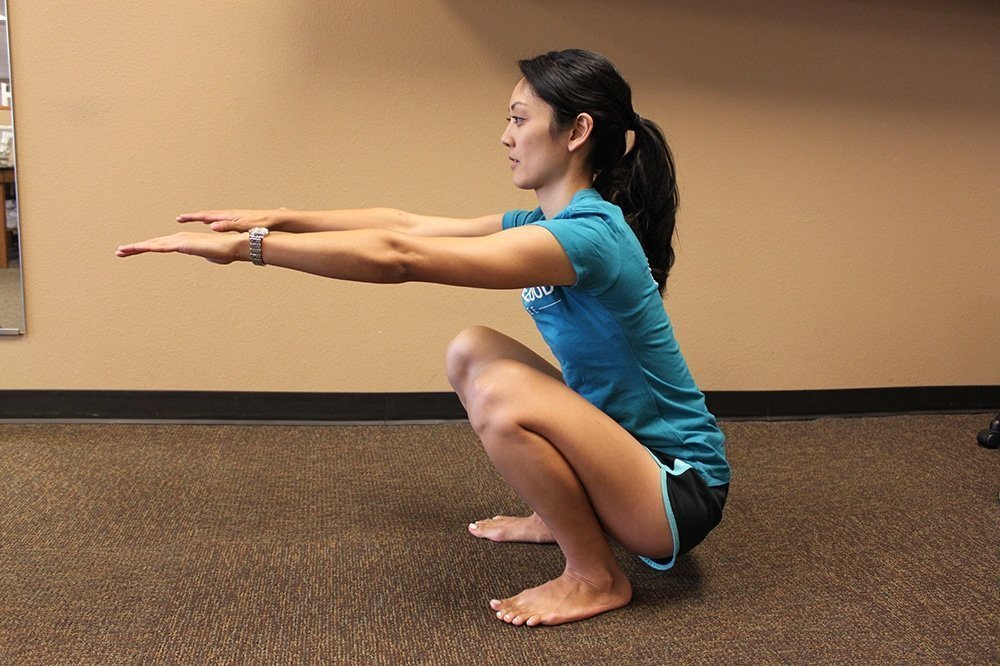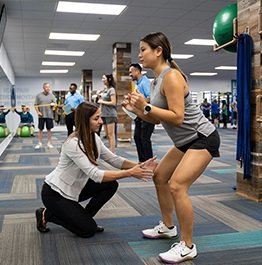
5 Health Benefits of the Full Squat
August 04, 2016The full squat is one of the most basic and fundamental human postures.
However, our culture’s heavy reliance on chairs and sitting for long periods have made it difficult for us to achieve this position.
A full or deep squat is defined as a position when the knees are fully flexed and the back of the thigh rests against the calf muscles while keeping the heels flat on the ground.
Think back to when you were a child and natural it was for you to assume a squat to play with your toys or to pick up something on the ground. Here is a picture of my 1 year and 2-month old cousin executing a perfect deep squat. Check out that alignment, so effortless!

So what happens when we grow into adults that cause us to lose this ability? This is primarily a case of “use it or lose it.”
Fortunately, the adverse effects of the Westernized culture of prolonged sitting, improper footwear, and avoidance of squatting can be reversible. When performed properly, the full (body weight) squat has many health benefits.
Here are 5 health benefits of the full, deep squat:
1. Back Pain Relief
Many people have excessive curvature in their lumbar spine (low back), often related to a forwardly rotated pelvis due to tightness in the muscles in front of the hip and weakness of the deep core muscles.
During a deep squat, the pelvis rotates backwards thus stretching and elongating the shortened muscles in the low back and may also produce a traction effect that decompresses the spine.
2. Stronger Hips and Glutes
The gluteus maximus (buttock muscles) is one of the largest muscles in the body and for a good reason!
These muscles are very important in performing everyday tasks such as walking, lifting, and running. Getting into a deep squat optimally activates these muscles. Stronger hips and glutes mean more control of the trunk and leg, thus decreasing the likelihood of getting injured. It’s not too late to get that summer booty!
3. Increase Ankle Mobility
Have bad posture or knee pain?
It may be due to loss of ankle mobility and flexibility. With habitual shoe wearing and the way the modern shoe is designed today with elevated or higher heels, this puts the calf muscles and Achilles in a shortened position. When the calf muscles are tight the ankle may feel stiff. Poor ankle mobility can lead to problems in the body and go up the chain. Getting into a deep squat can stretch the tight muscles in the legs and restore ankle range of motion.
4. Improve posture
With improved joint mobility and lower body strength, it is easier for the musculoskeletal system to naturally assume a better alignment.
5. Improve Digestive health
We have adopted a conventional sitting position when using the toilet such that when the hips are flexed at 90 degrees, the colon can’t straighten and empty out completely. As a result, the exit is obstructed by the puborectalis muscle, which is an important muscle in maintaining continence, but needs to relax when defecating. When fecal matter and toxins accumulate in the bowels this can cause many serious GI problems. However, when we squat this allows the puborectalis muscles to relax and straighten allowing complete emptying without too much straining.
If you are having pain or difficulty getting into a deep squat, come see a Physical Therapist at CBPT today for a FREE assessment!

Do you have pain when you squat?
Sign up for a FREE Assessment with CBPT!
Reader Interactions
Leave a comment
You must be logged in to post a comment.






